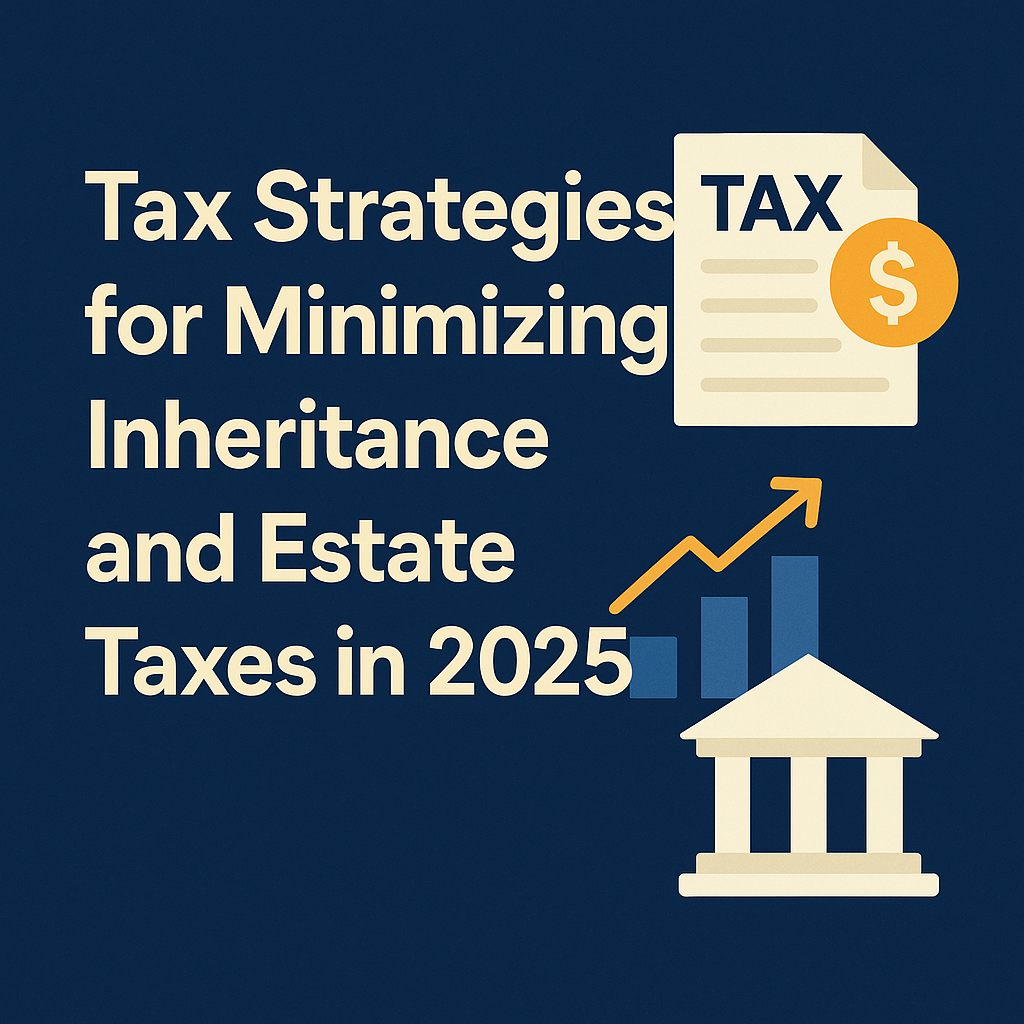Banks Put Away Trillions: Reverse Repurchase Agreement
BetterWealth
December 15, 2025
Understanding the Fed's Reverse Repo Program
We're looking at $1.365 trillion that banks are putting away to forego a loss due to their uncertainty about the current economic situation. While we don't want to be speculative or promote doom and gloom, what's happening is unprecedented. It has been 34 straight trading days with over a trillion dollars in this program.
What is the Reverse Repo Program?
This is Caleb Williams from BetterWealth. Today, we're discussing the astonishing $1.365 trillion that banks are keeping at almost 0% interest. This video delves into why this might be happening and its potential implications, including a possible indicator for the next recession.
Overview of the Program
- The Federal Reserve's overnight reverse repurchase agreement (reverse repo) program provides banks a safe place to park liquid cash.
- Currently, it offers a return of five basis points, or 0.05% annually.
- The purpose is to not lose money, essentially acting as a financial buffer for banks in uncertain times.
Historical Context and Current Trends
In March 2020, banks deposited around $250 billion during the market drop, but now, the deposits have reached a staggering $1.365 trillion. This marks an all-time high and new record as of September 28th. The graph shows patterns dating back to 2003:
- A small blip in 2008 during the financial crisis.
- Sparse use from 2009 to 2013.
- Increased deposits starting in 2014 but nearly nonexistent after 2018.
- A spike in 2020, likely due to the COVID crash.
Potential Implications
The question arises: Why are banks doing this? Are they privy to insights that we aren't? It may indicate a lack of viable investment opportunities or market risks worth avoiding right now. Here are some key observations:
- Market uncertainties with unprecedented highs in stocks, real estate, and cryptocurrencies.
- The Fed recently raised the reverse repo program’s cap from $80 billion to $160 billion per counterparty.
- The Fed's rationale is to "maintain orderly financial conditions," perhaps indicating deeper underlying concerns.
Conclusion and Personal Finance Takeaways
If institutions historically known for profitability and risk aversion are taking a cautious approach, it might be worth considering for individual investors. Here are some thoughts:
- Consider holding some cash aside during uncertain times, similar to institutional strategies.
- Having liquid funds might offer an advantage to leverage opportunities when markets stabilize or decline.
We'd love to hear your thoughts in the comments section. Why do you think banks are turning to the reverse repo program? Join the conversation by liking, commenting, and sharing this video with others who might find it insightful. Let's stay informed and prepared for whatever the future holds.
Thank you for your support
Thank you for tuning in to The Better World Podcast. Please subscribe, leave a review, and share our content with people you care about.
.png)


